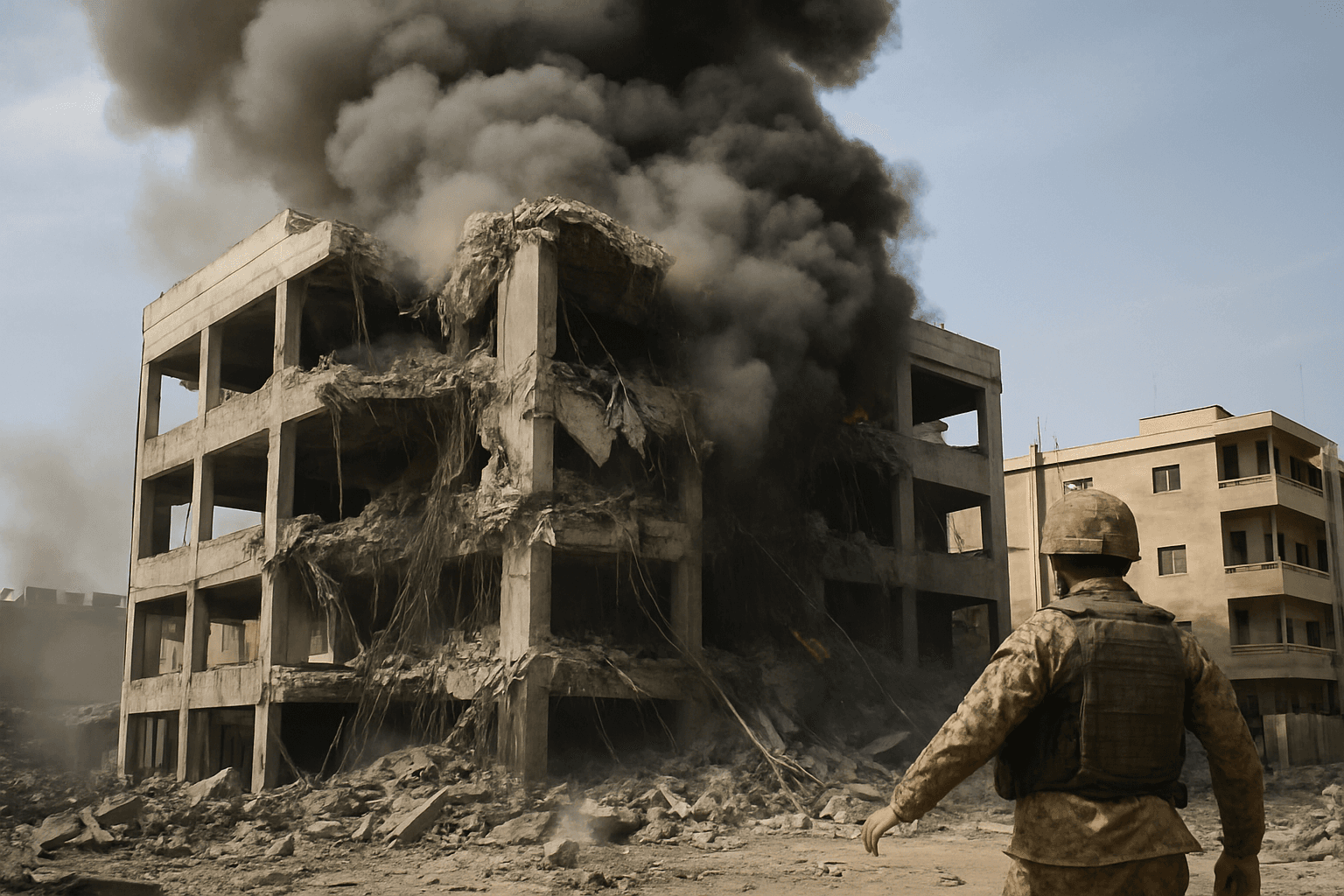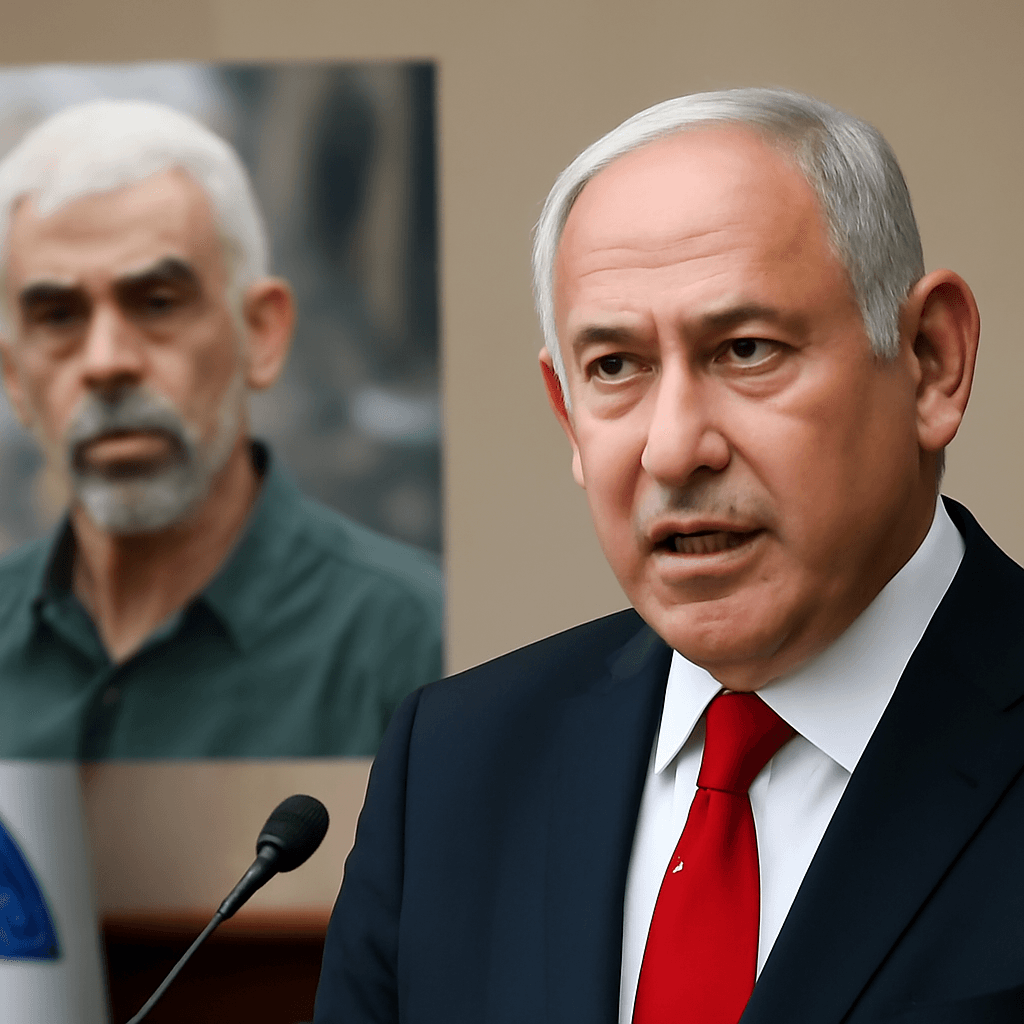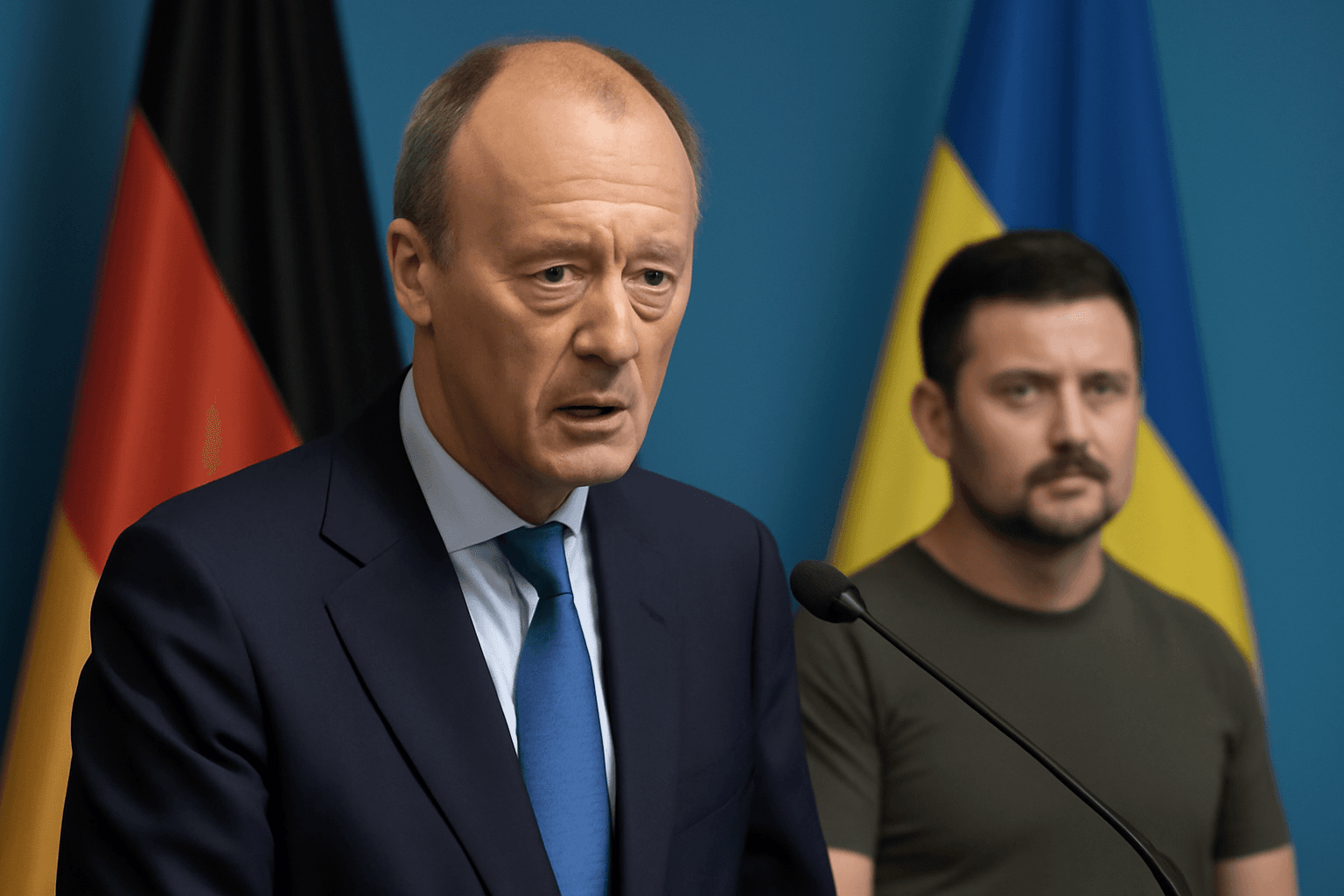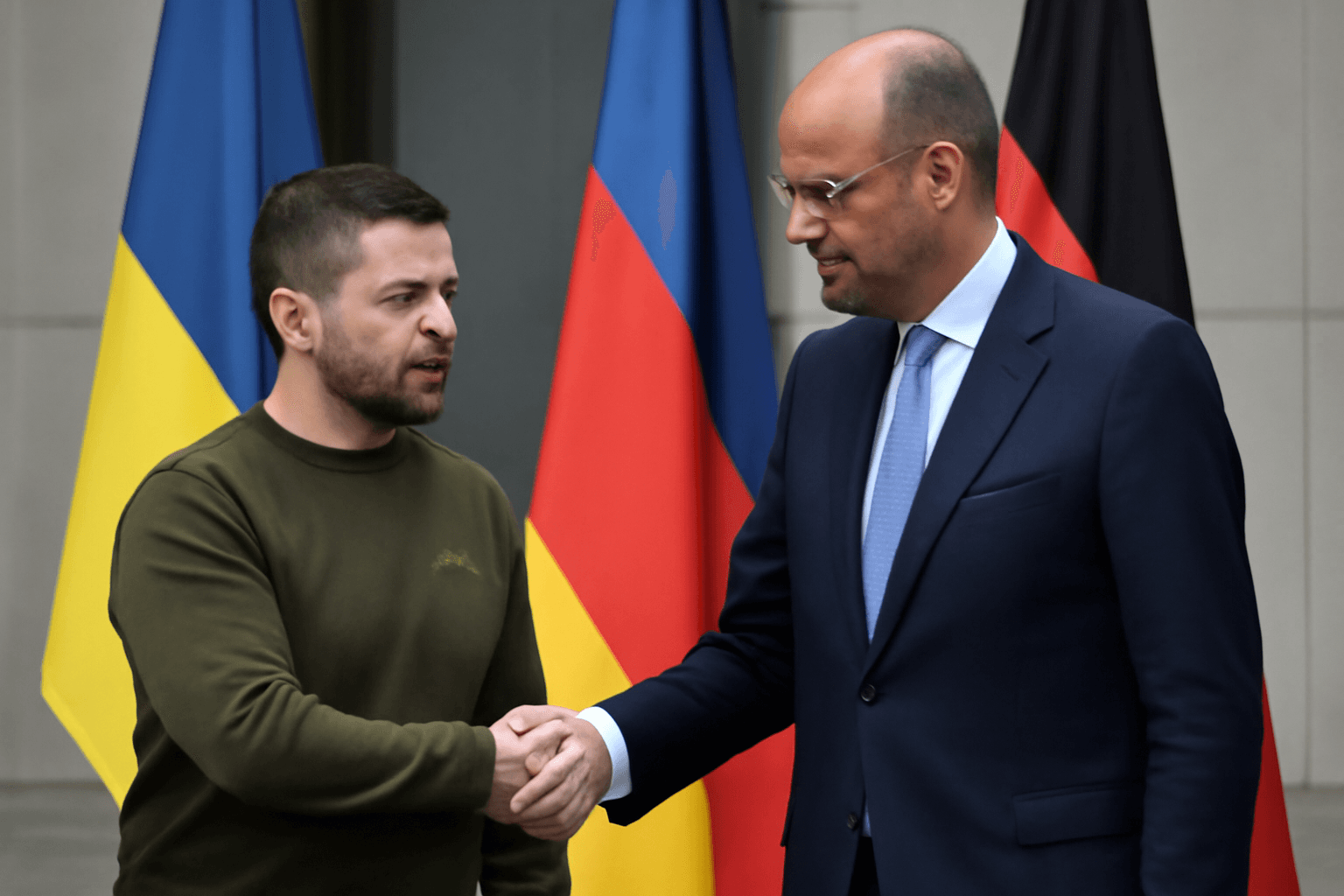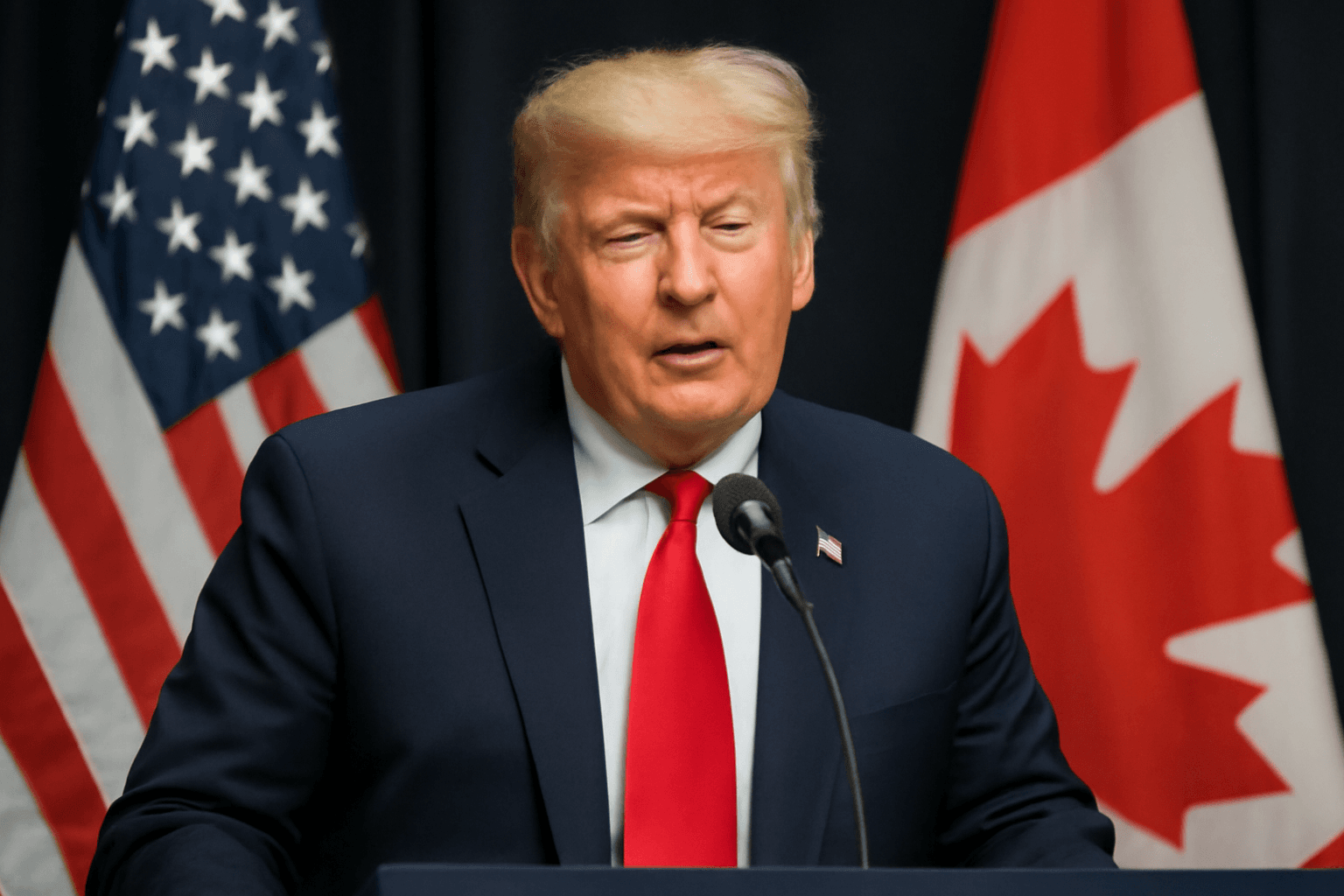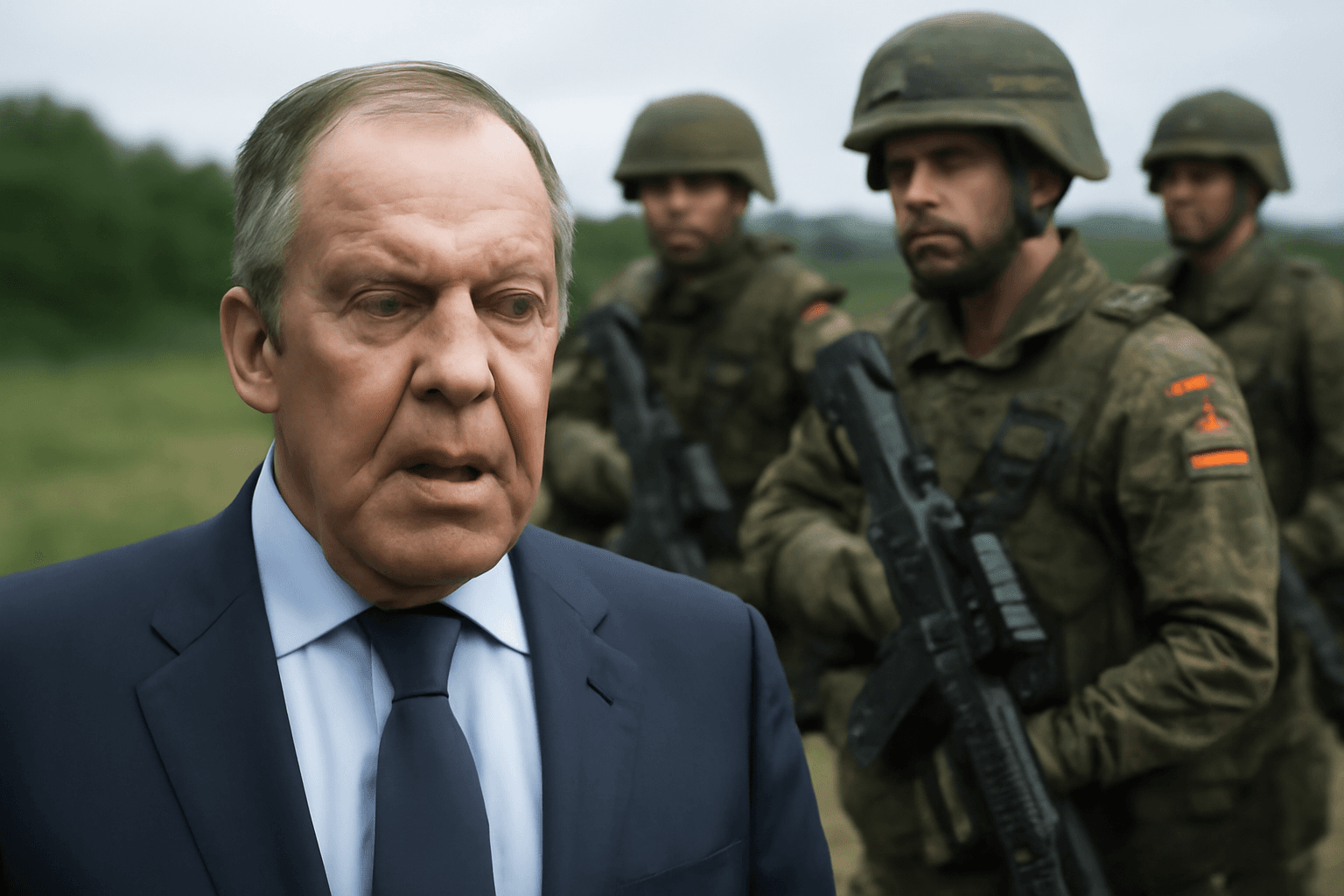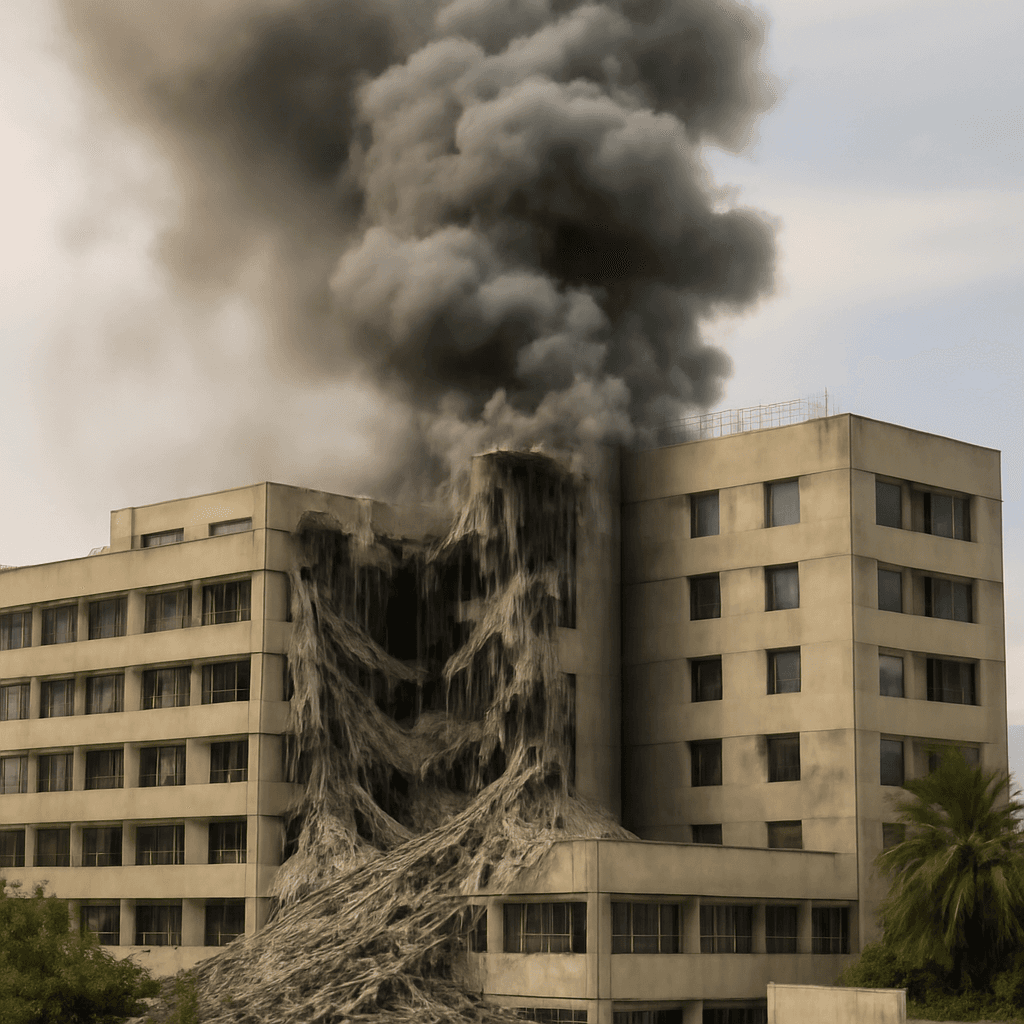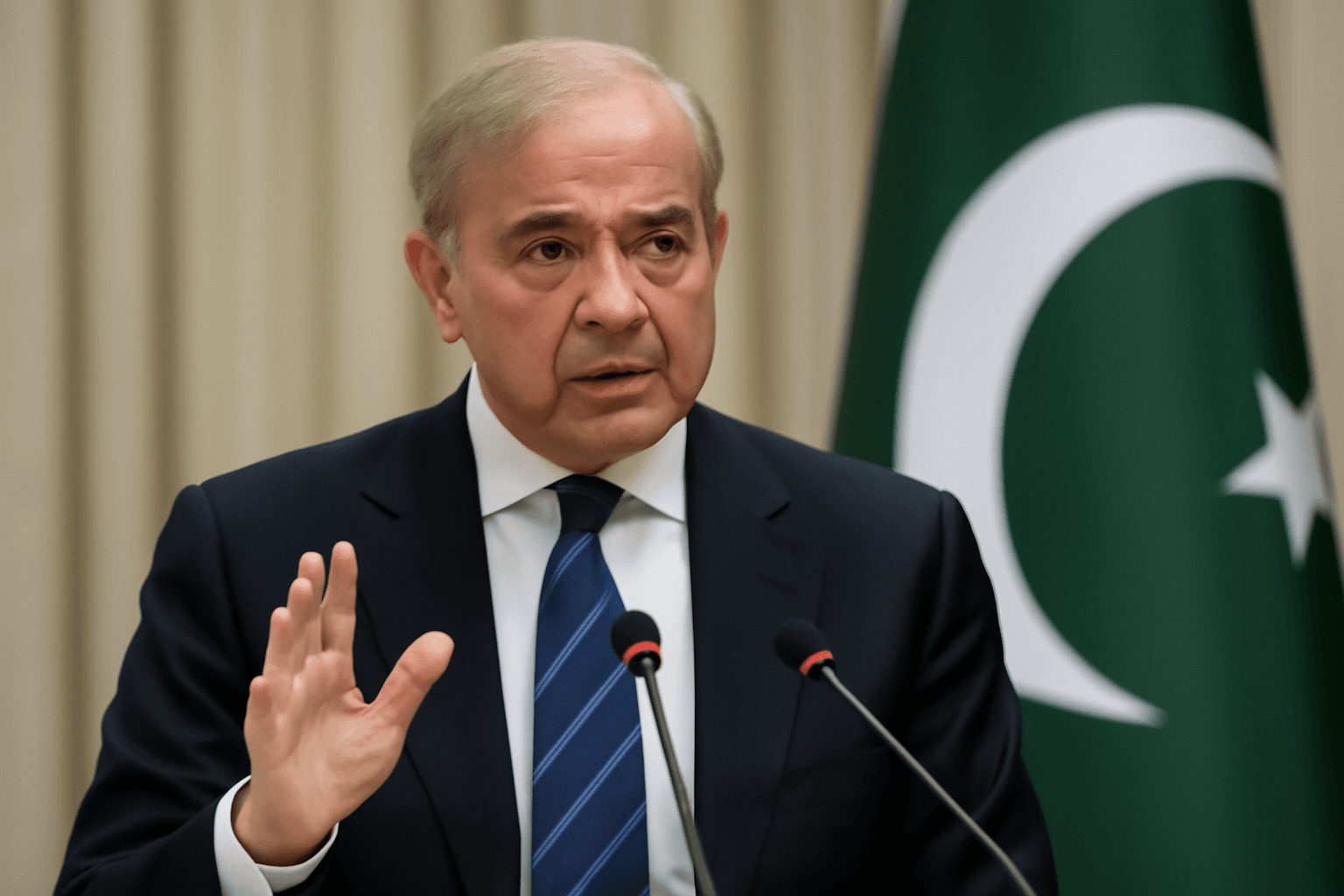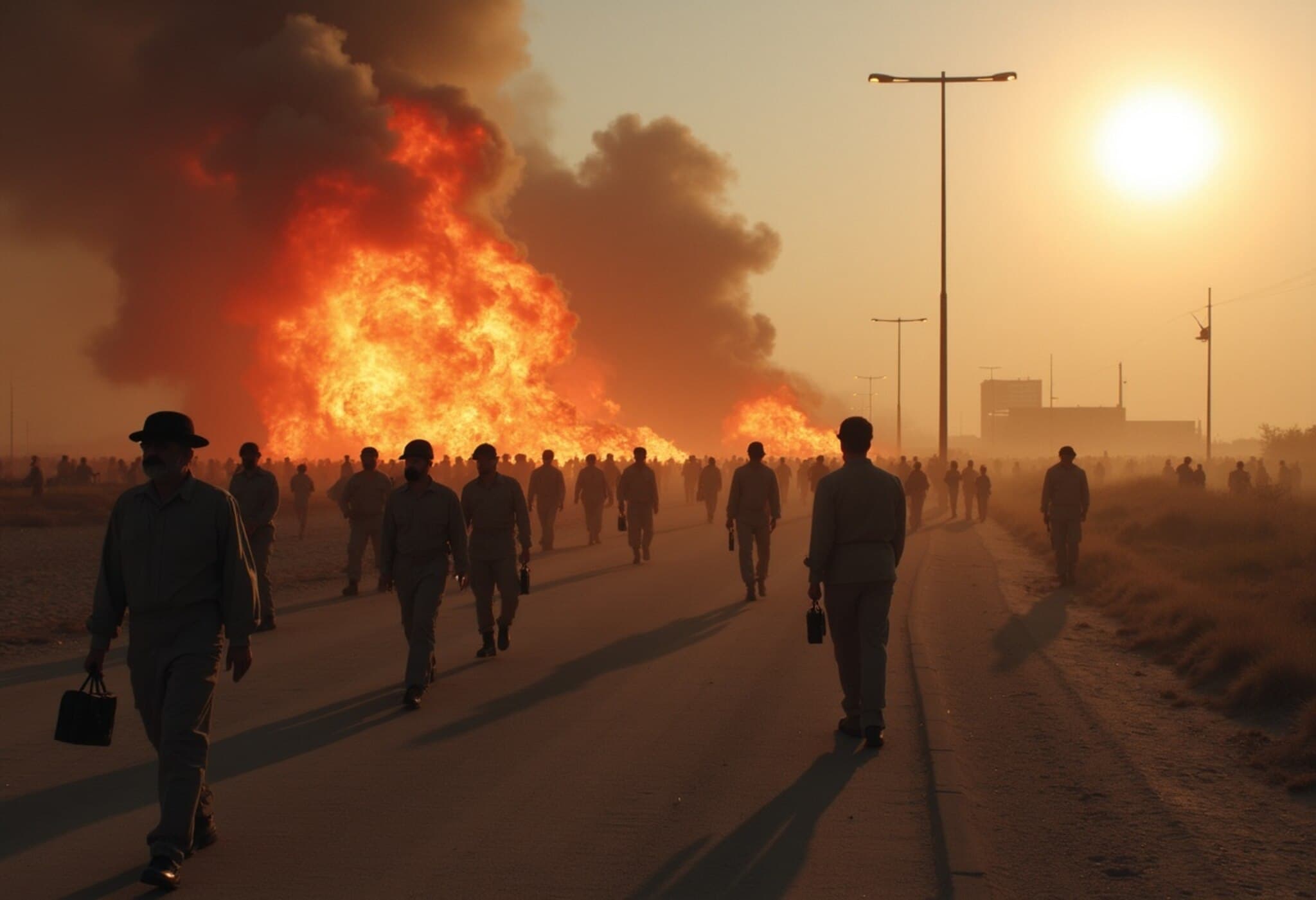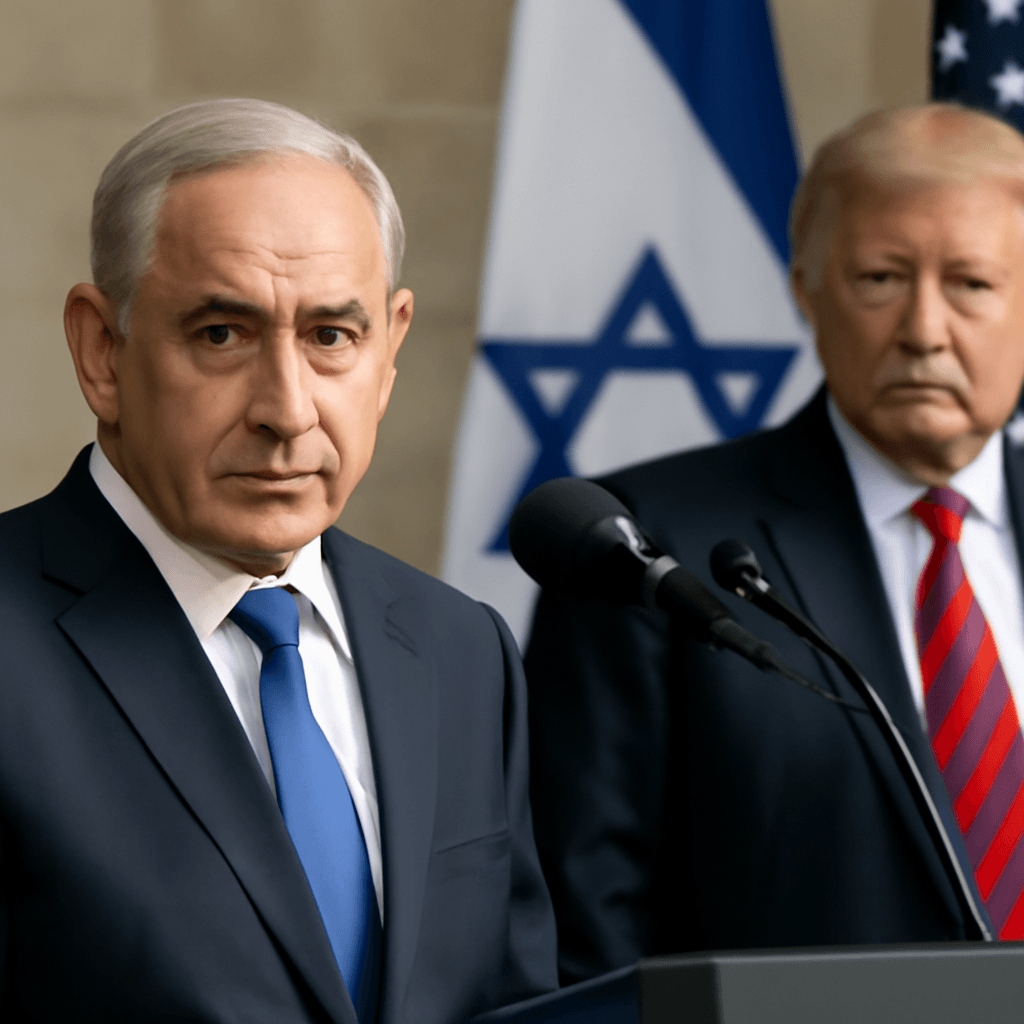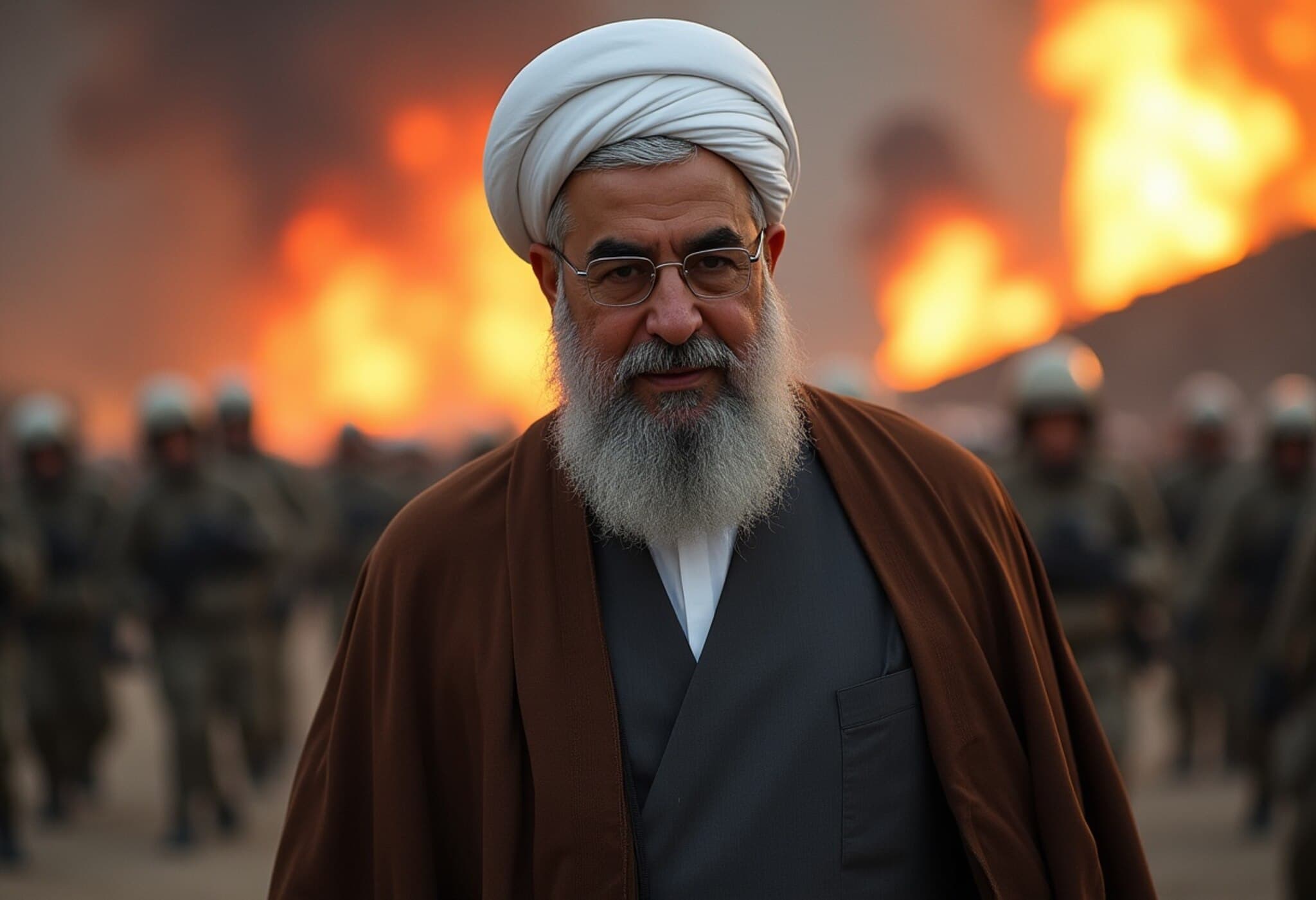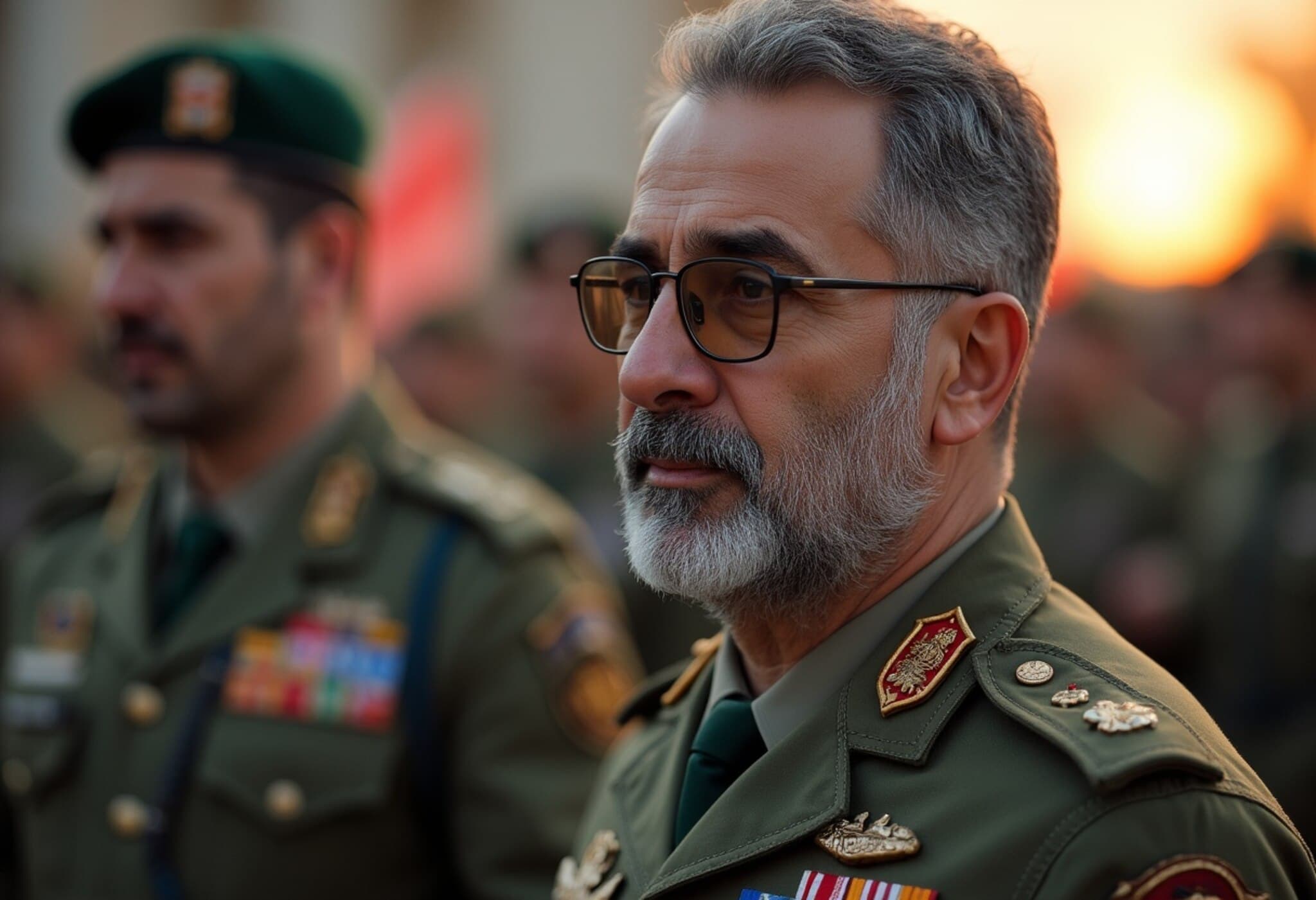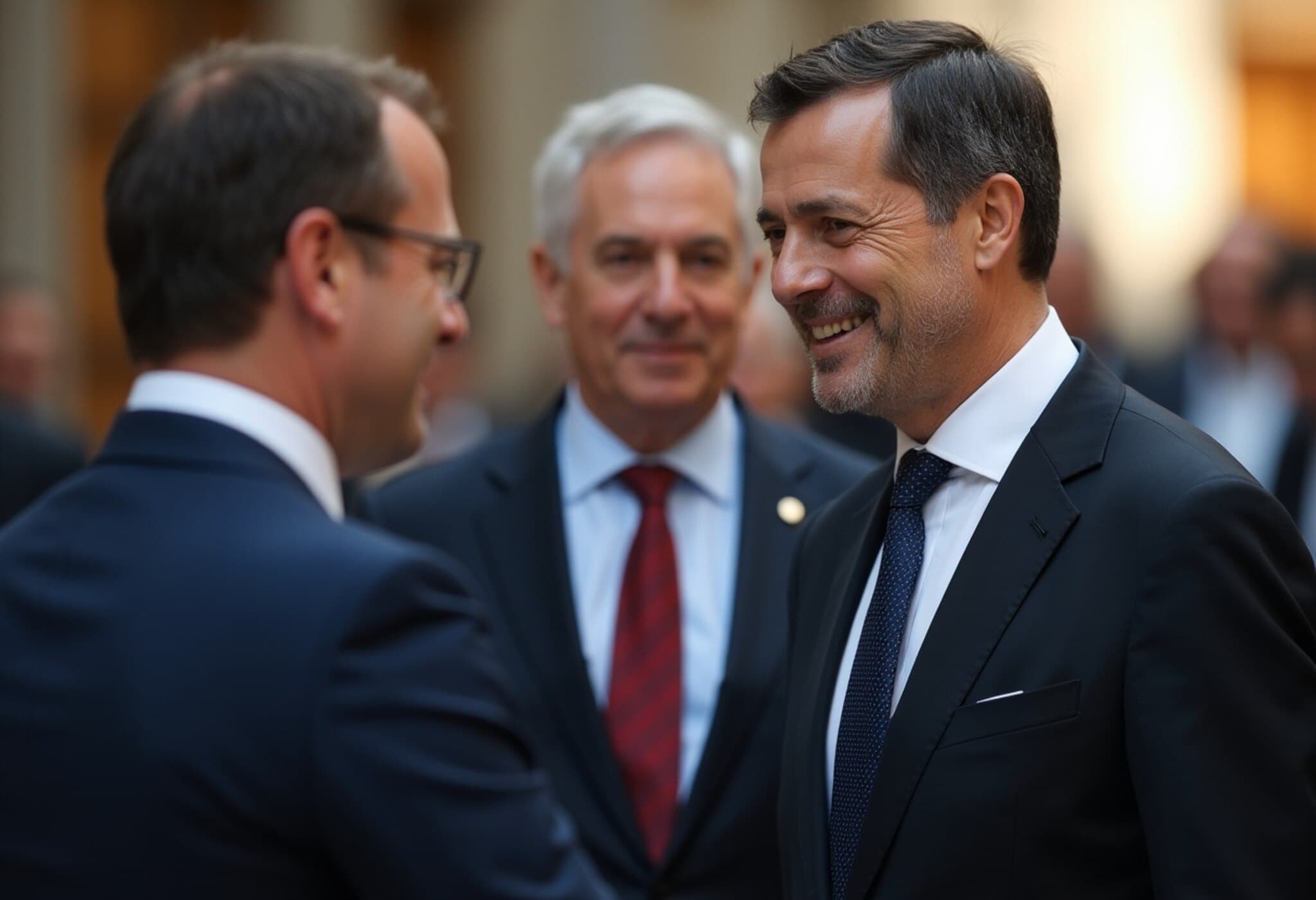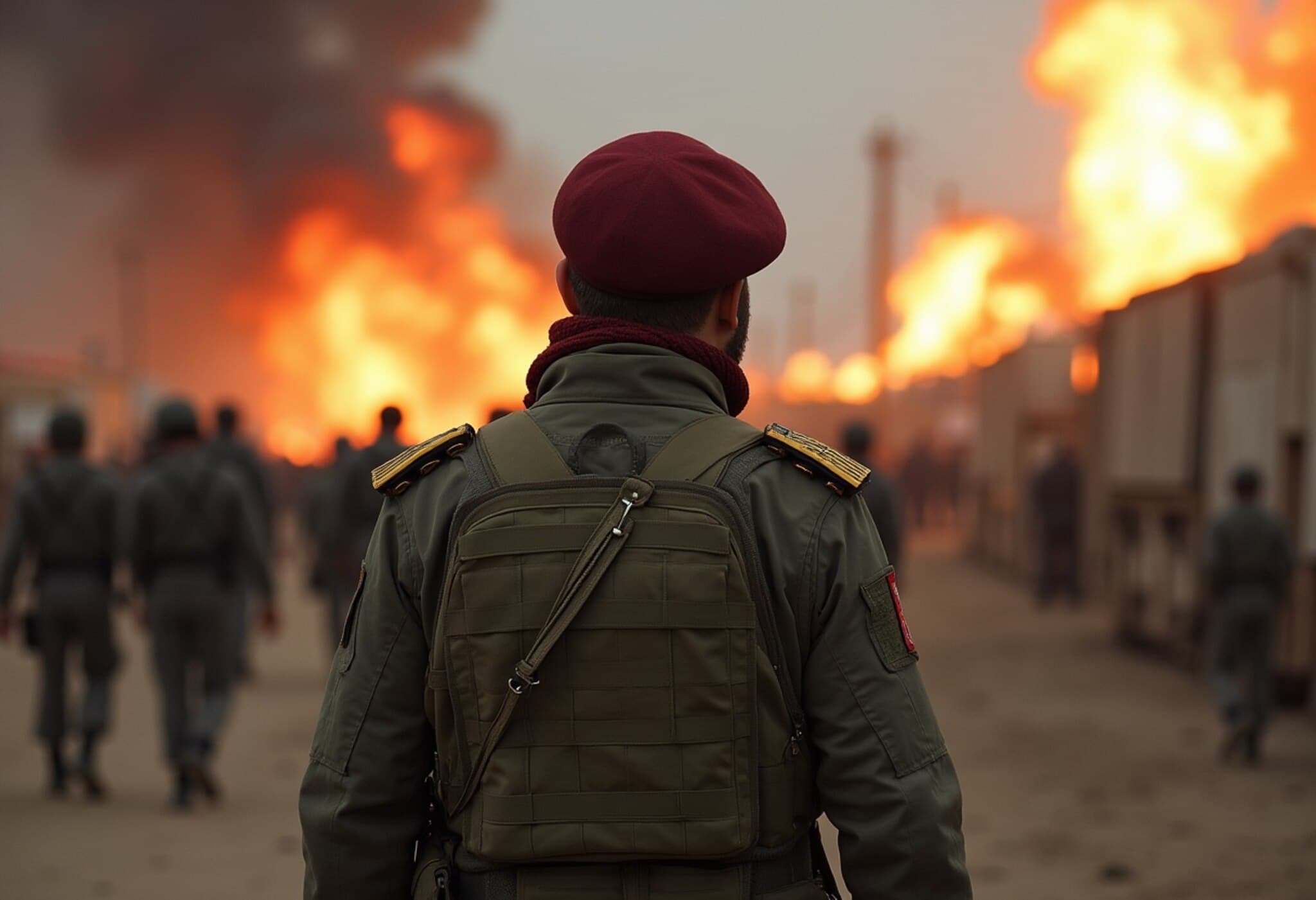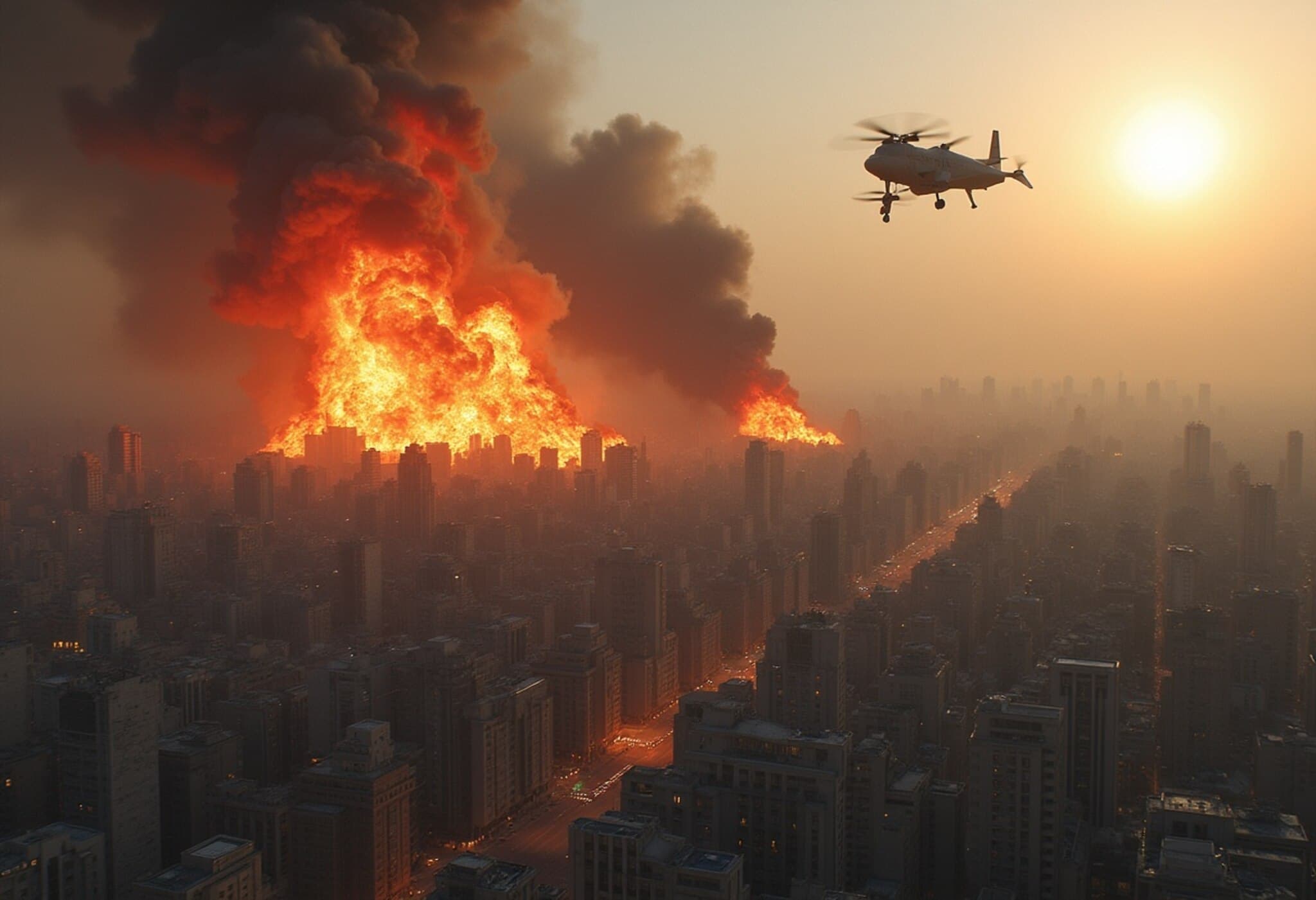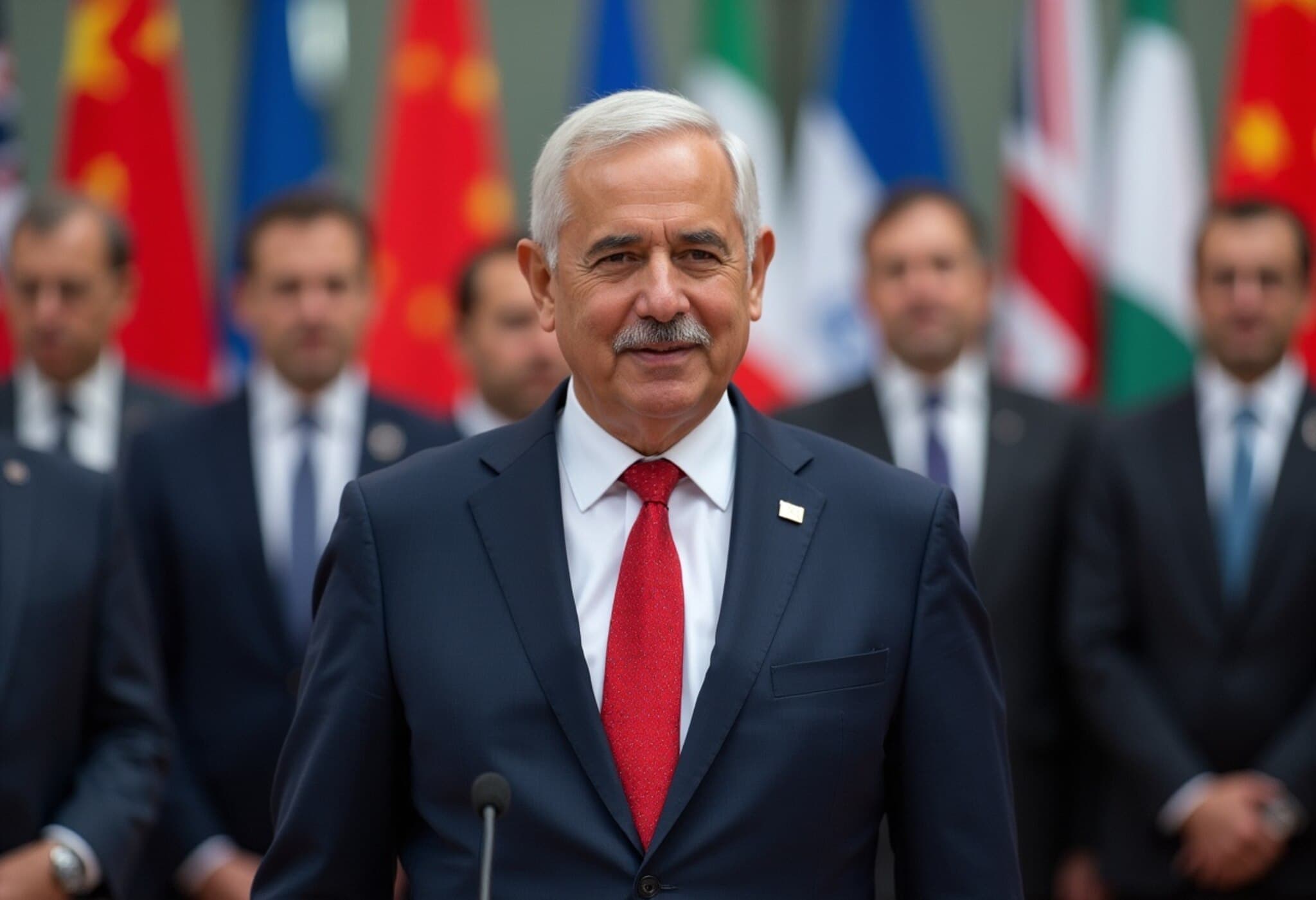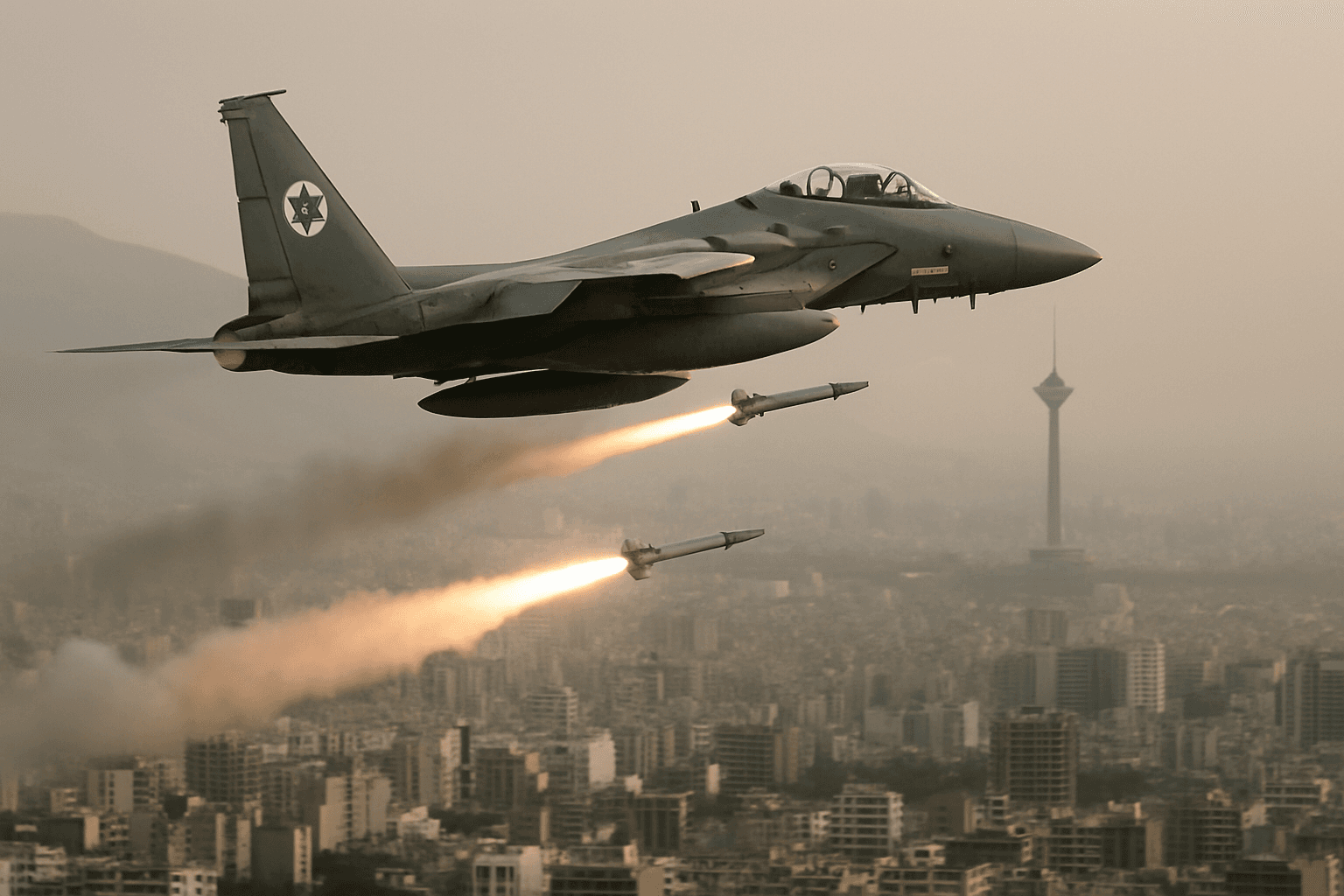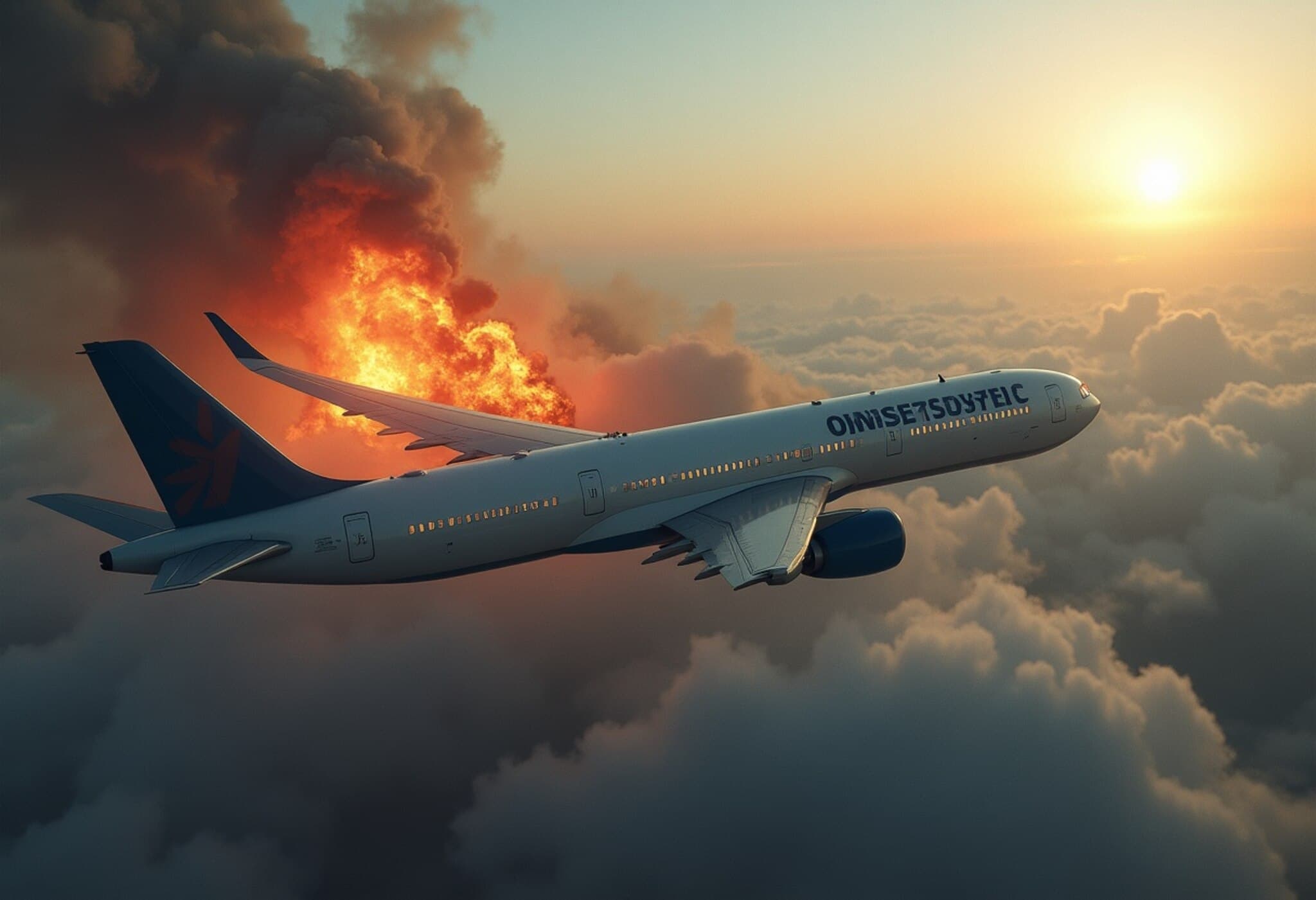Key Iranian Military Leaders Eliminated in Major Israeli Airstrike
In a significant escalation of regional tensions, Israeli forces launched a meticulously coordinated airstrike early Friday, targeting Iran's military and nuclear leadership. This operation dealt a profound blow to Tehran’s strategic command, claiming the lives of several high-ranking military officials, nuclear scientists, and influential political figures.
Major General Mohammad Bagheri: The Supreme Military Strategist
Major General Mohammad Bagheri, appointed as Chief of Staff of Iran’s armed forces in 2016, was the highest-ranking military figure in the country. Bagheri commanded both the regular army and the Islamic Revolutionary Guard Corps (IRGC). A seasoned veteran of the Iran-Iraq War, he was renowned for his expertise in military strategy and intelligence.
Bagheri’s background included advanced degrees in engineering and political geography, reinforcing his role as a key architect of Iran’s defense policies. Reports indicate he was killed in the precision airstrike established in Tehran, which simultaneously targeted Iran’s nuclear and military infrastructure. Iranian state outlets confirmed his death, though official military acknowledgment remained pending.
General Hossein Salami: Commander-in-Chief of the IRGC
General Hossein Salami, who led Iran’s most powerful military faction, the IRGC, was also killed during the strike. Salami was a central figure in orchestrating military operations across the Middle East, including Syria, Lebanon, and Iraq, and was known for his outspoken and aggressive stance against Israel and the United States.
Appointed in 2019 by Supreme Leader Ayatollah Khamenei, Salami’s leadership spanned a period of surging hostilities, notably following the US withdrawal from the nuclear agreement and the assassination of Quds Force chief Qassem Soleimani in 2020. His death was officially confirmed by both Iranian and Israeli sources.
General Gholamali Rashid: The Strategic Mastermind
General Gholamali Rashid, serving as Deputy Commander-in-Chief of Iran’s armed forces, was recognized as a leading strategist behind Iran’s regional deterrence and drone warfare capabilities. Head of the Khatam-al Anbiya Central Headquarters, Rashid coordinated operations among Iran’s regular army, IRGC, intelligence services, and missile divisions.
He perished alongside other senior officials in the assault, as affirmed by Iranian media.
Ali Shamkhani: Former Naval Commander and Senior Security Advisor
Ali Shamkhani, once Iran’s naval commander and former secretary of the Supreme National Security Council, died after sustaining critical injuries when a missile struck his penthouse apartment in northern Tehran. A trusted confidant to Ayatollah Khamenei, Shamkhani played a pivotal role in facilitating backchannel nuclear negotiations with the United States.
Scientific Minds Behind Iran’s Nuclear Program
- Fereydoun Abbasi-Davani: A top nuclear physicist and former head of the Atomic Energy Organization of Iran, Abbasi was instrumental in the country’s nuclear weapons development. He had survived an earlier assassination attempt in 2010.
- Mohammad Mehdi Tehranchi: An academic physicist and nuclear adviser, Tehranchi contributed significantly to Iran’s uranium enrichment strategies.
Rising Regional Tensions and Uncertain Future
This devastating strike underscores the escalating conflict between Iran and Israel, with Israeli military officials stating their intent to disrupt Iran’s nuclear and military capabilities. Iranian leadership has pledged retaliation, intensifying fears of a broader regional conflict.
As developments continue to unfold, the international community remains watchful, given the potential ramifications for Middle East stability and global security.

